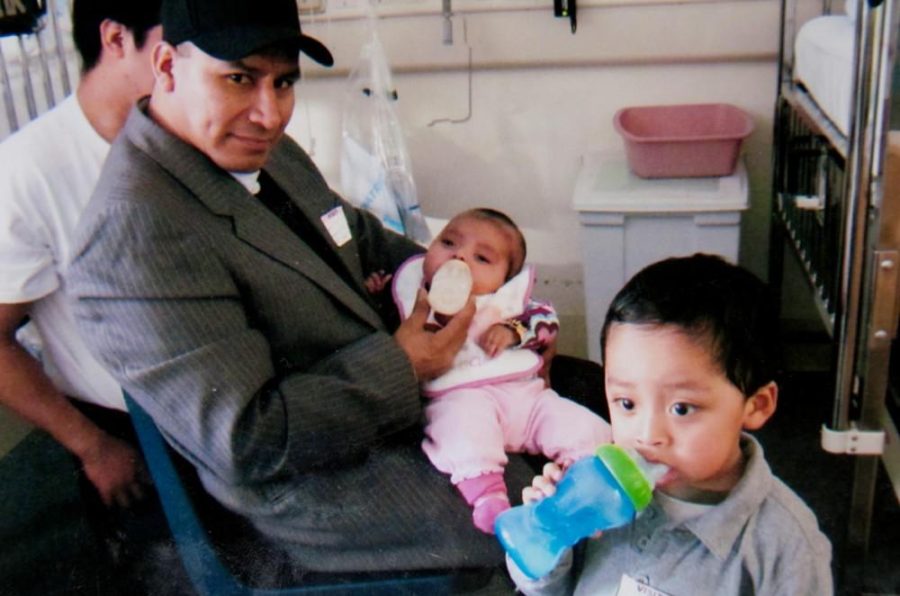NEW YORK CITY — It was one of the deadliest fires in New York City in recent years.
Guatemala-born Miguel Chan was so desperate to save his family that he threw his infant daughter out the window of his burning Brooklyn apartment. She survived; others did not.
“I lost my wife, my four friends,” Chan says of the Jan. 30, 2010, fire. Police immediately suspected arson and three days later arrested Daniel Ignacio, a neighbor who confessed he was drunk and influenced by “demons or devils” when he set the apartment fire that killed five Guatemalans.
It was an open-and-shut case of arson to everyone — except the federal government.
Like 99 percent of New York’s arsons, the intentional fire that killed Miguel Chan’s wife and his friends was never reported into the federal database that tracks arson in America.
“This is unbelievable. Everyone knows that this was an arson,” said the Rev. Erick Salgado, pastor of Chan’s Guatemalan church who helped police make an arrest.
Just 5 percent of all residential building fires are intentionally set, according to the National Fire Incident Reporting System — or NFIRS — the world’s largest national database of annual fire incident information and part of the Department of Homeland Security.
But arson actually is much more common than is reported by the U.S. government, Scripps News found in a yearlong national investigation. Most acts of arson in America go unreported.
In all, Scripps contacted 10 fire departments in America’s largest cities to ask for case-by-case records of their arsons to compare what was reported to NFIRS against what should have been reported.
One city, Detroit, said it could not produce a complete arson count or make its records available because the financially strapped city lacks the personnel to do so.
“This is a modest guess, but I think 75 percent of our fires are arson, maybe more,” said El Don Parham, Detroit’s chief of fire investigations. “We are not able to cover (investigate) even half of our fires. We have to prioritize.”
The nine remaining cities did report data, although New York has yet to give the exact locations and dates of its arsons. These cities originally reported 652 arsons to the federal government in 2011, but actually detected at least 2,754 deliberately set fires that year.
That means three-fourths of the arsons uncovered by investigators in those cities went unreported to the U.S. Fire Administration, masking a major threat to public safety.
“Arson is grossly underreported,” concluded Bill Degnan, president of the National Association of State Fire Marshals. “I believe the rate of arson in America is somewhere between 40 percent and 50 percent, in that range.”
The U.S. Fire Administration has given out $4 billion in grants to participate in NFIRS without penalties for inaccurate information. The agency does not audit the reporting.
Degnan said the National Association of State Fire Marshals is aware of the problem and established a group a year ago to investigate why most arsons go unreported. The group will make recommendations in January calling for the nation’s fire departments to “close the loop” and report the outcomes of their arson investigations, he said.









